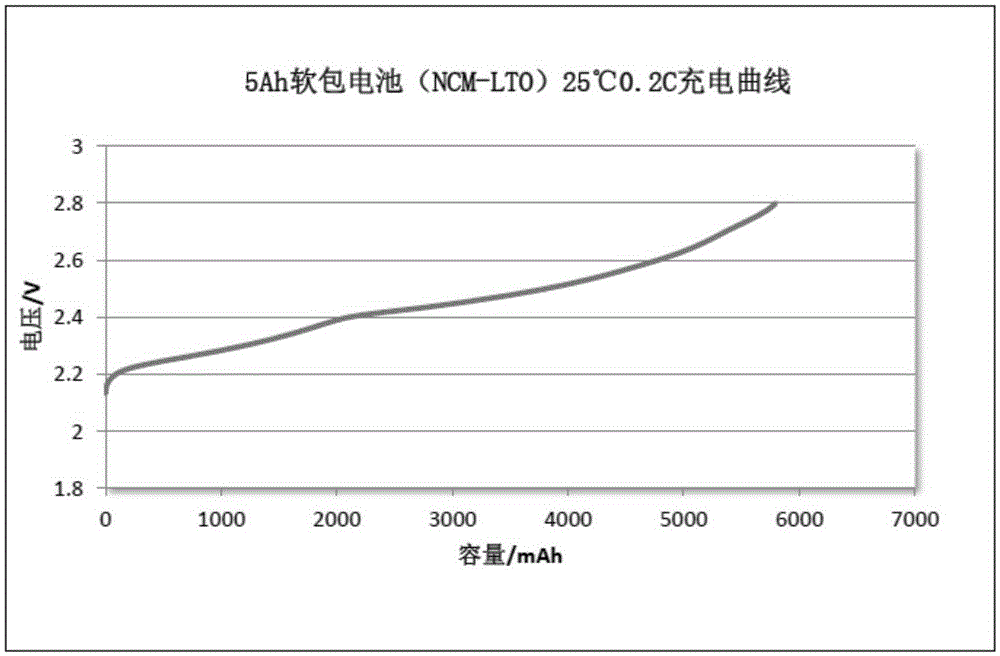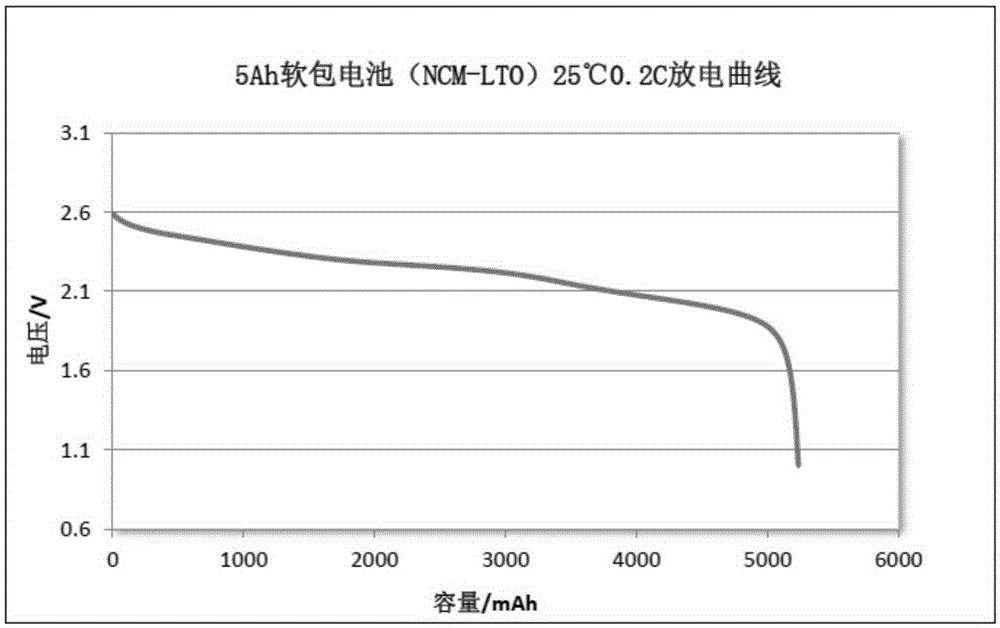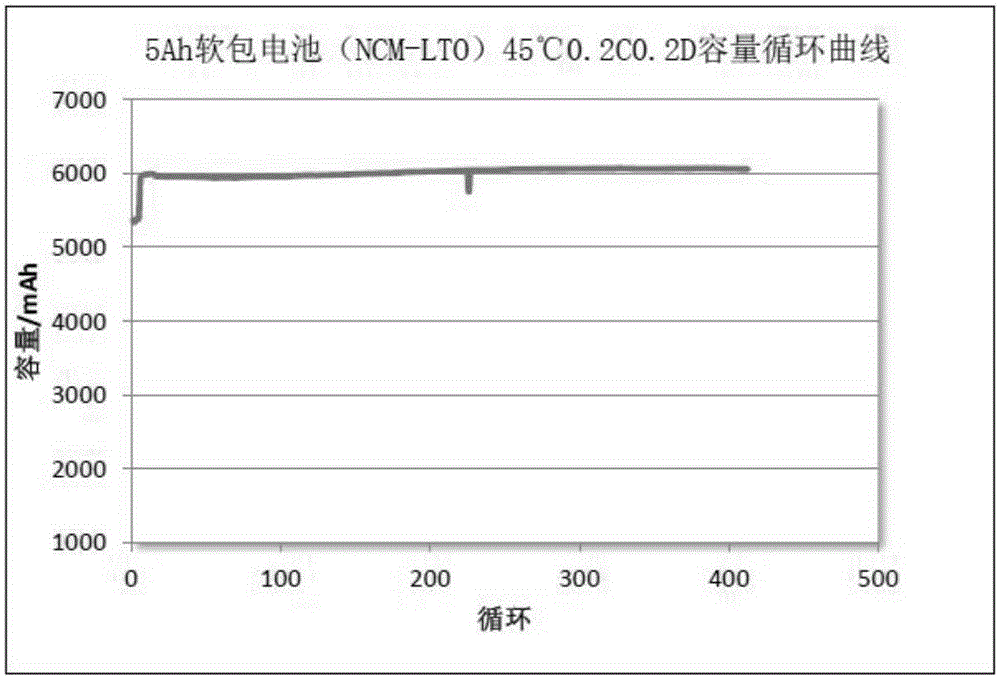Preparation method for ionic liquid and secondary battery
An ionic liquid and proton technology, which is applied in the field of one-step synthesis of quaternary ammonium or quaternary phosphonium compounds, can solve the problems of product and catalyst separation, carcinogenicity, and high toxicity, and achieve the effects of wide selection of raw materials, mild reaction conditions, and simple operation
- Summary
- Abstract
- Description
- Claims
- Application Information
AI Technical Summary
Problems solved by technology
Method used
Image
Examples
Embodiment 1
[0116] Triethylamine (606 g) was placed in a pressure vessel together with 1000 mL of dimethyl carbonate and protected with nitrogen. Feed concentrated sulfuric acid (300g, 98%) under cooling measures. After adding sulfuric acid, raise the temperature to 200°C. During the reaction, the pressure will rise. If the reaction pressure exceeds 3.0Mpa, vent the gas through the valve to keep the pressure in the kettle from rising. . Reaction time 0.2 hours. After the reaction was completed and lowered to room temperature, the low boilers were removed under reduced pressure and the product was washed to obtain N-methyl-N-triethylammonium sulfate (950 g).
Embodiment 2
[0118] N-n-Propylpyrrolidine (500 g) was placed in a pressure vessel along with 1000 mL of dimethyl carbonate. Under nitrogen protection, bis(trifluoromethylsulfonyl)imide (1234 g) was added slowly, keeping the temperature not exceeding 60°C during the process. After the addition, react at 150°C and about 1.6MPa for 20 hours. During the reaction, release part of the gas through the release valve to avoid excessive pressure. After completion of the reaction, low boilers were removed under reduced pressure and the product was washed to obtain N-methyl-N-propylpyrrolidinium bis(trifluoromethylsulfonyl)imide salt (1675 g).
Embodiment 3
[0120] Put N-n-propylpyrrolidine (500g) together with 500g dimethyl carbonate and 500mL methanol into a pressure vessel, heat up to 120°C, then add bis(trifluoromethylsulfonyl)imide (1236g ), and the temperature in the reaction vessel is maintained at 120 to 130°C during this process. The continuous feeding time is 12 hours. After the bis(trifluoromethylsulfonyl)imide material is conveyed according to the set amount, the temperature is raised to 150° C. and the reaction is continued for 2 hours. During the reaction process, if the reaction pressure exceeds 2.6Mpa, the pressure in the kettle is kept from rising through the valve release. After the reaction was completed and lowered to room temperature, the low boilers were removed under reduced pressure and the product was washed to obtain N-methyl-N-propylpyrrolidinium bis(trifluoromethylsulfonyl)imide salt (1704 g).
PUM
| Property | Measurement | Unit |
|---|---|---|
| Aperture | aaaaa | aaaaa |
| Aperture | aaaaa | aaaaa |
| Aperture | aaaaa | aaaaa |
Abstract
Description
Claims
Application Information
 Login to View More
Login to View More - R&D
- Intellectual Property
- Life Sciences
- Materials
- Tech Scout
- Unparalleled Data Quality
- Higher Quality Content
- 60% Fewer Hallucinations
Browse by: Latest US Patents, China's latest patents, Technical Efficacy Thesaurus, Application Domain, Technology Topic, Popular Technical Reports.
© 2025 PatSnap. All rights reserved.Legal|Privacy policy|Modern Slavery Act Transparency Statement|Sitemap|About US| Contact US: help@patsnap.com



